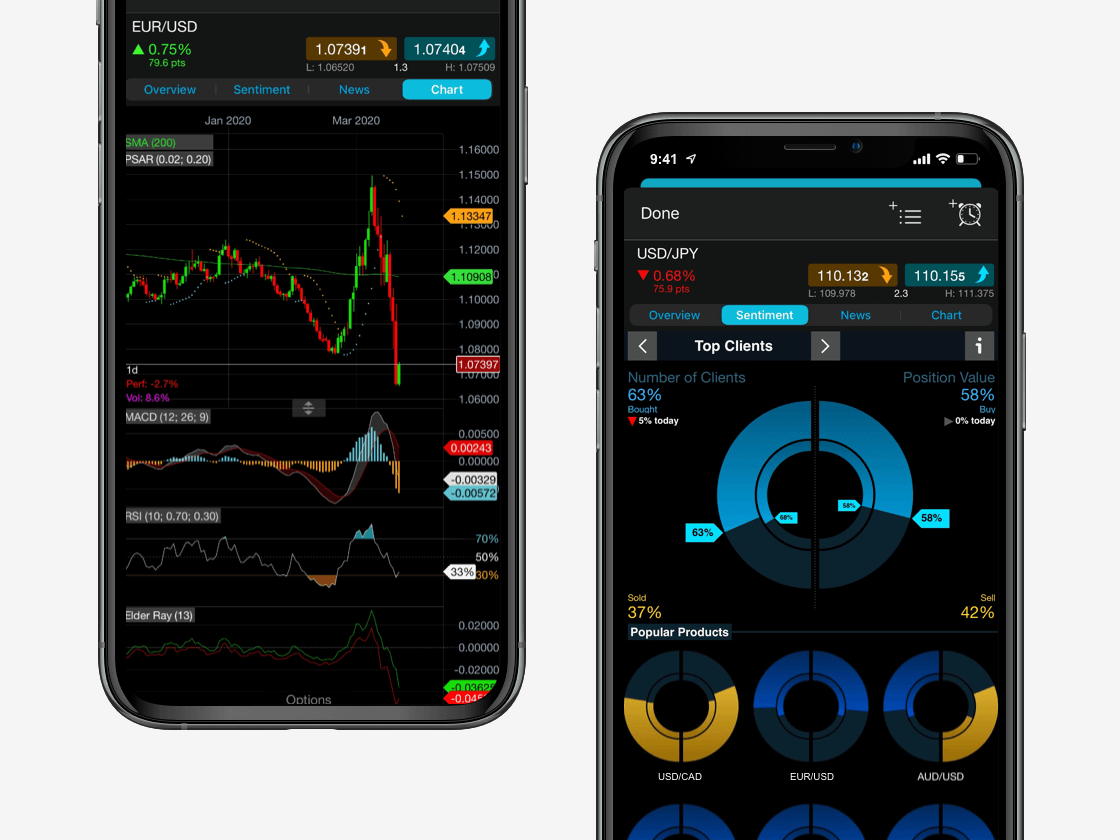Margin is a percentage of the full value of a trading position that you are required to put forward in order to open your trade. Margin trading enables traders to increase their exposure to the market. This means both profits and losses are amplified.
Trading forex on margin enables traders to increase their position size. Margin allows traders to open leveraged trading positions, giving them more exposure to the markets with a smaller initial capital outlay. Remember, margin can be a double-edged sword as it magnifies both profits and losses, as these are based on the full value of the trade, not just the amount required to open it.
The leverage available to a trader depends on the margin requirements of the broker, or the leverage limits as stipulated by the relevant regulatory body, ESMA for example. Margin requirements differ depending on forex brokers and the region your account is based in, but usually start at around 3.3% in the UK for the most popular currency pairs. For example, if a forex broker offers a margin rate of 3.3% and a trader wants to open a position worth $100,000, only $3,300 is required as a deposit to enter the trade. The remaining 96.7% would be provided by the broker. The leverage on the above trade is 30:1. As trade size increases, so does the amount of margin required. Margin requirements can also differ if you are categorised as a ‘professional client’.




